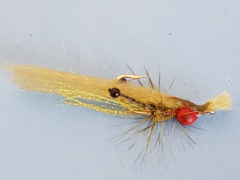Saltwater – estuary
{{start}}
{{end}}
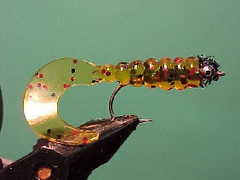
{{+1}}Cake-n-eat-it – paddle tail soft plastic{{-1}}
{{start}}
As the name implies these flies are built using a soft plastic lure body. I am happy to call this a fly because I fish it on a fly rod and fly line, cast it, retrieve it and land fish caught on it in the same way that I do when fish a traditional fly made of say fur and feather for say a brown trout in Lake Jindabyne NSW.{{end}}
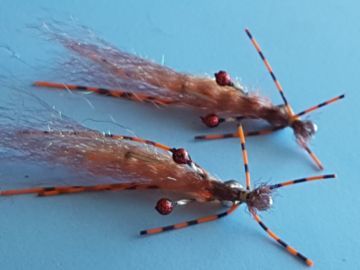
{{+1}}Tidal flats shrimp – orange and brown{{-1}}
{{start}}
This orange and brown size #2 hook version of my tidal flats shrimp is my first choice of fly when targeting feeding trigger fish. It stands out in the storm of mud and other debris that trigger fish stir up as they forage around for food.{{end}}
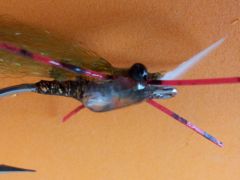
{{+1}}Topwater sand stripper{{-1}}
{{start}}
This fly is modelled on the most successful estuary and inshore fly that I have ever fished with my prawn fly. For me in those shallow water salt water environments where you need a fly that you can fish deep in and around snags and other structure, can be fished at a range of depths depending on fly line and retrieve and swims hook point up to reduce hooking up on that very structure that holds fish my prawn fly out-fishes every other fly I have tried.{{end}}

{{+1}}Fusion – soft plastic lures as flies{{-1}}
{{start}}
These soft plastic / flies are best fished in the same way as fishing a soft plastic on spin gear. I generally fish them using a #8 to #10 weight fly rod depending on the weight of the head and on a fast sinking fly line so that I can get them a little deeper.{{end}}
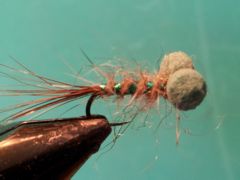
{{+1}}Hares ear booby{{-1}}
{{start}}
This is a nifty little fly that merges the hares ear nymph and the traditional booby both very high pedigree flies into one very useful loch fly. It also has a bit of flash about it which helps the fly fill an important role in my fly box for an attractor fly to use on my middle dropper when I loch style fish fish just before, through and after the trout spawning season.{{end}}
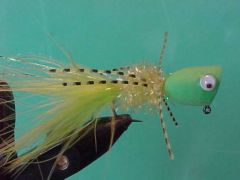
{{+1}}Popper – bass foam head{{-1}}
{{start}}
The fist and most obvious is when they are actively feeding. At those times bass can have an appetite for everything from nymphs, yabbies, small fish, shrimp, worms, lizards, frogs, grasshoppers, cicadas, beetles and for that matter almost anything that will fit in their mouth it's not surprising that a popper dropped in their line of sight and looking like something alive often gets their attention. Bass are binge feeders and are by no way picky when it comes to feeding time.{{end}}
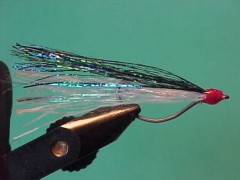
{{+1}}Bendback{{-1}}
{{start}}
The bendback is very effective fly in locations that contain a lot of structural hazards such as oyster racks, mangroves, tree stumps and rock bars. The design of the fly reduces the propensity of the fly to snag. Choose the colours of your materials so that your version mimics local bait fish.{{end}}
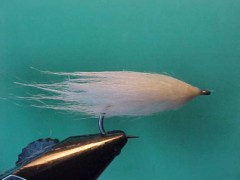
{{+1}}Bread fly – wet{{-1}}
{{start}}
All sorts of estuary fish respond to bread berley and will take a sinking bread fly suspended or slowly sinking through the feeding zone.{{end}}
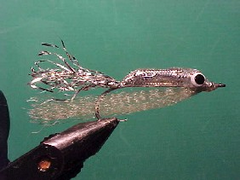
{{+1}}Superhair rattler{{-1}}
{{start}}
This is a good alternative to the zonker rattler particularly for estuary species. It lends itself to fishing on a fast sink line and a jerky active retrieve with plenty of stops. It's also a good idea to count the fly down so that you can identify what depth they are holding at.{{end}}














